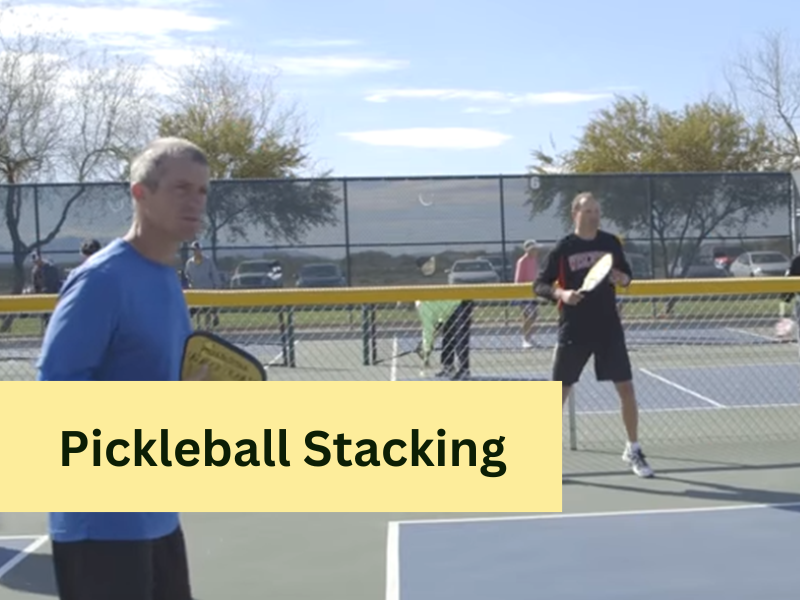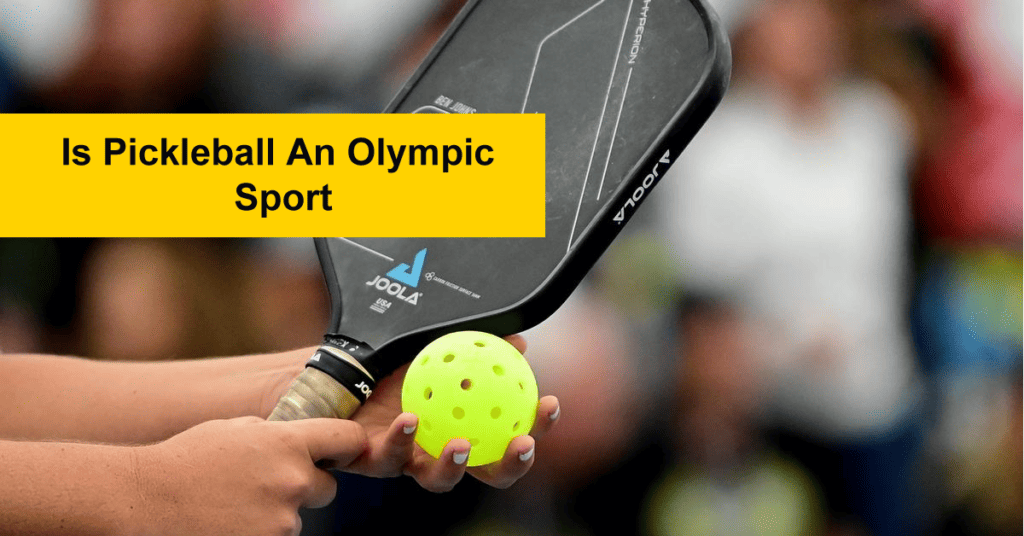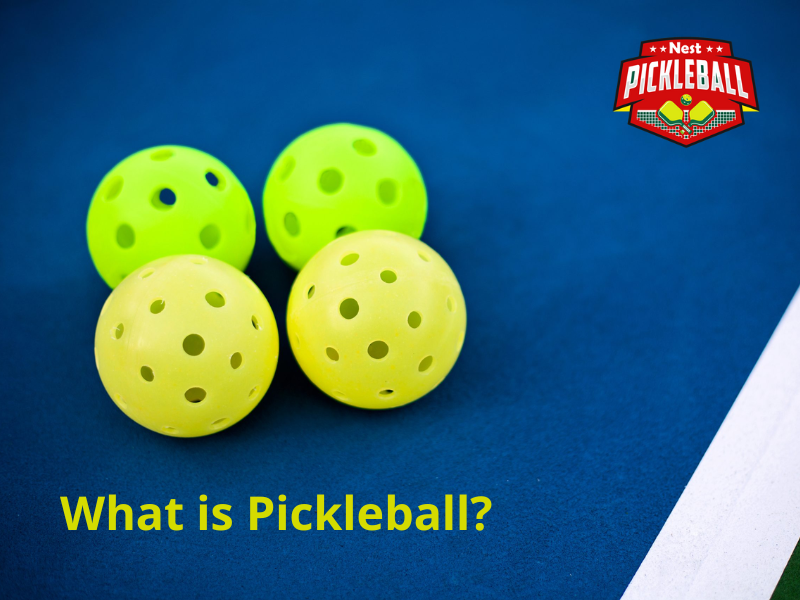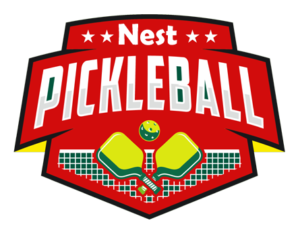It’s hard to play a game of pickleball without using the word “stacking.” “stacking” means putting more balls or items into a specific spot. This is important because different players use different numbers of balls.
But what is stacking in pickleball? – Three main aspects of Pickleball make it unique compared to other sports. These three aspects include (1) the ball, (2) the paddle, and (3) the court. The “stacking” aspect describes the number of balls players use in the game. This does not mean that one person uses more than another, but simply that different people use different numbers of balls.
So, if you want to know more about stacking in pickleball, I have discussed the guides below.
What is the Stacking Rule in Pickleball?
Assuming you started the game unstacked, remember that you and your partner should only stack when you have an odd number of points—1, 3, 5, 7, 9, etc. If you have an even number of points—0, 2, 4, 6, 8, 10, etc. — you and your partner should be unstacked and in your “normal” positions.
This rule suggests that in pickleball, if you begin the game without stacking, it’s a smart idea to use the stacking strategy when you have an odd number of points, like 1, 3, 5, 7, 9, and so on.
On the other hand, if you have an even number of points like 0, 2, 4, 6, 8, 10, and so forth, you and your partner should return to your regular positions without stacking.
What is Stacking in Pickleball?
When I started playing Pickleball, I was told I needed to be careful when hitting the ball. I learned about Stacking. To stack, you need to hit the ball just right.
However, stacking in pickleball is like playing tennis. In pickleball, you move a ball attached to a paddle back and forth across a pickleball net. The game’s object is to hit the ball at your opponent and hit the ball with the racket.
The point of the game is to gain control of the net. You are only allowed to play one game at a time.
Why Stack in Pickleball?
The stacking in Pickleball is based on the number of balls each person uses. Each person is allowed to use three to four balls. Some people play with one ball, but most Pickleball players use three or more balls.
It is fun to play, especially with a partner or friends. I love playing this sport with my family. I play with my dad and brother and my brother and sister. It’s a perfect family game!
When to Stack?
It would help to consider how many people you can play with when playing pickleball. If you have many people to play with, it will make things easier for you. As soon as you decide on the number of players you need to get your pickleball, it would help if you decided how many balls you will use.
Pickleball Stacking Rules
Pickleball stacking is a double rules strategy to rearrange players’ positions and gain an advantage during the rally. It involves the server and their partner standing side-by-side on one side of the court and then the server shifting to the opposite side after the serve.
Although it may initially seem deceptive, stacking is a legal tactic to maximize each player’s strengths.
The concept of stacking can be misunderstood when viewed outside of pickleball. In other contexts, it may refer to dishonestly manipulating cards or events to gain an unfair advantage. However, stacking is a legitimate and ethical strategy in pickleball to achieve a desired outcome within the basic rules.

Teams choose to stack for various reasons of pickleball stacking, but the primary goal is to position players strategically and capitalize on their strengths while minimizing weaknesses. Since hitting toward the sidelines poses a higher risk, the middle of the court is considered the safest area for opponents to hit.
Therefore, stacking allows players to position their stronger shots, usually forehands, in the middle, where they can exert maximum control.
Stacking pickleball is often used when players have opposite dominant hands (one right-handed, the other left-handed), allowing both players to utilize their forehands in the middle.
In cases where players have the same dominant hand, stacking can still be employed to maximize one player’s strengths, keeping their stronger side in the middle.
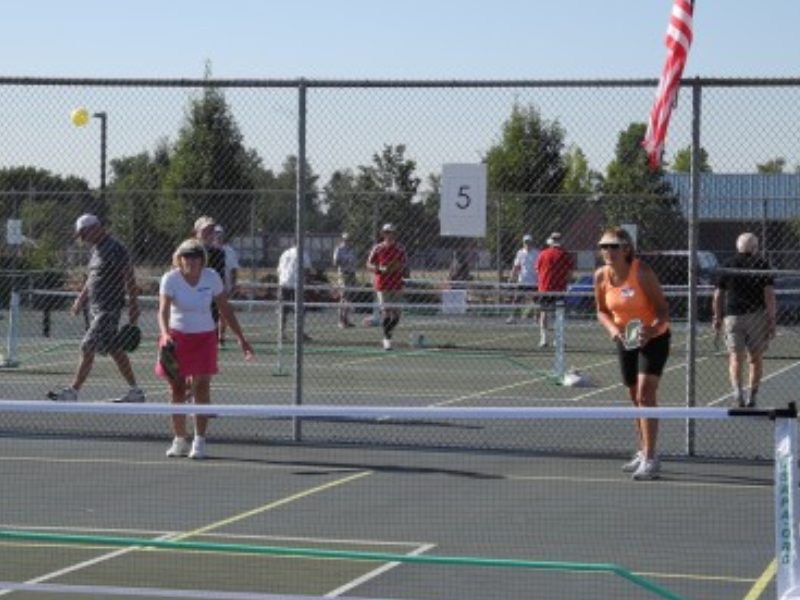
It’s important to note that stacking is legal according to the official rulebook of pickleball. The rules state that there are no restrictions on the partners’ positions as long as they remain on their respective team’s side of the net.
As a result, stacking falls within the guidelines and is an accepted strategy and double bounce rule in pickleball play.
Number of Balls to Stack
In pickleball, you’re allowed to stack a maximum of two balls. That’s right, just two. When your team is serving, you can position two balls on the side of the court where the server is. It’s a simple rule that helps keep the game fair and organized.
Three and four Balls Pickleball Stacking
You may think you can stack as many balls as you want when stacking. But you cannot do this. You can only use a maximum of four balls at the same time. Use as many balls as possible with your four hands when you use a maximum of four balls. Three balls are used when the two players in a team are using all four of their hands. This is because a team needs three balls for a three-ball stack.
You can have a four-ball stack when you use a maximum of four balls and have more than one team playing. A player can use three balls when you have a team of four people.
Scenarios Where the Stacking Strategy Can Use
The stacking strategy can be used when you are trying to achieve a specific goal. For example, if you are trying to save money, you can use the stacking strategy to create a budget and stick to it.

Another scenario where the stacking strategy can be helpful is when you are trying to learn a new skill. Using the stacking strategy, you can break down the task into manageable steps and work on each step simultaneously.
Also, the stacking strategy can be helpful when dealing with a complex problem. You can slowly but surely solve the problem by taking a step-by-step approach.
How to Stack When Playing Pickleball?
Stacking is not a fixed strategy throughout the match. As the game progresses, players may need to adjust their positions based on their strategies, shot placements, and performance.
The most common way to stack is to use two to four balls. You can use this guide on how to stack in pickleball.
Determine the Opposite-Dominant Hands
Stacking is commonly used when players have opposite dominant hands, meaning one player is right-handed, and the other is left-handed. Identify which player falls into each category.
Positioning for the Serve
The server and their partner start the rally on the same side of the court, standing side-by-side. The server should position themselves on the side that allows them to execute their preferred serve, considering their dominant hand and desired shot placement.
Serve Execution
The server serves the ball diagonally to the opponent’s service court, adhering to the standard serving rules of pickleball.
The serve should be underhand, below the waist, and aimed to clear the non-volley zone.
Transition to Stacked Position
Once the serve is executed, the server moves quickly and smoothly to the opposite side of the court, previously vacated by their partner. This transition should occur immediately after the serve, ensuring a seamless position shift.
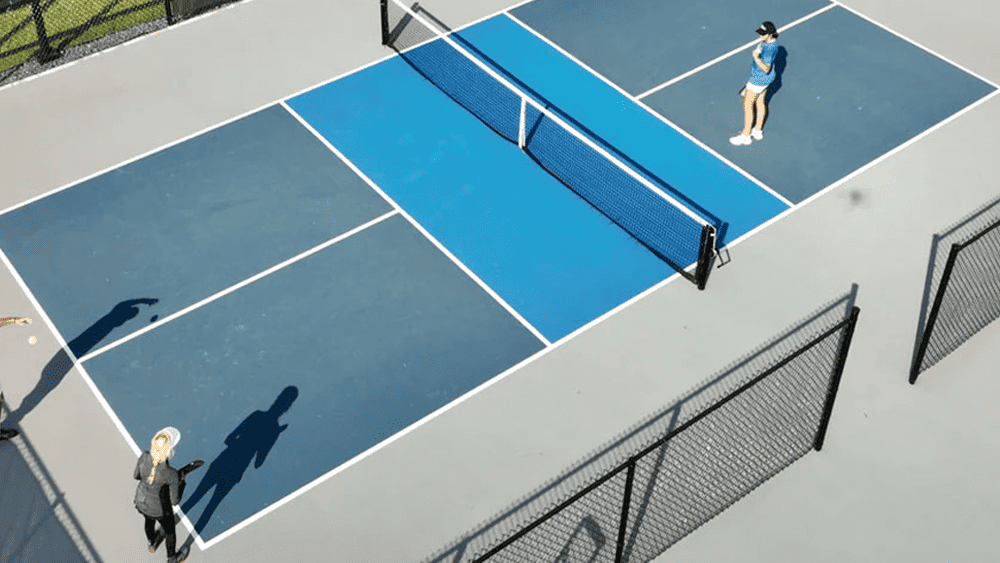
Rally Play
After completing the stack, both players now assume their new positions on the court. The player who served is now ready to engage in the pickleball rally from the opposite side while their partner takes up their position on the original side.
Utilize Strengths and Minimize Weaknesses
The main objective of stacking is to maximize each player’s strengths. The player with their dominant hand in the middle is ideally positioned to utilize their stronger shot, usually the forehand.
This pickleball strategic positioning helps to control the game and exploit favorable shot opportunities.
The Legality Of Stacking In Pickleball
You cannot use more than four balls at once, which means you can use four balls with four different players or have five people and use four balls at once.
You will have a maximum of three balls when you use two players. But don’t get confused about this rule.
When you play two against two, both teams must use three balls. Therefore, you cannot have five players, but you must use a maximum of four balls.
Wrapping it up
In conclusion, pickleball stacking is an effective way to improve your game. It can help you improve your footwork, timing, and hand-eye coordination. Give it a try and see how you can improve your pickleball game.
FAQs
How Do You Keep Score When Stacking in Pickleball?
The scoring remains the same when you’re using the stacking strategy in pickleball. Each team still scores points like usual, and the serving team gets to decide which player serves from either the right or left side of the court. So, stacking doesn’t change how the points are counted – it’s all about adding a smart twist to your game plan!
What is Paddle Stack in Pickleball?
In pickleball, “paddle stacking” refers to a strategy where the serving team positions two balls on one side of the court before serving. This tactic can help players strategically choose which side to serve from, aiming for better angles and surprise their opponents. It’s a cool way to gain an advantage while keeping the game fun and competitive.

